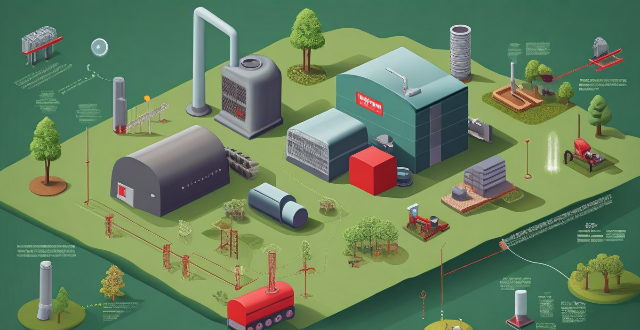Green technology, or clean technology, includes various techniques and products designed to reduce environmental harm. Its benefits include reducing greenhouse gas emissions, conserving natural resources, protecting ecosystems, reducing waste, and promoting sustainable practices. These technologies help minimize pollution, save energy, preserve water, maintain biodiversity, and encourage recycling and responsible waste management. As green technology advances, its positive impact on the environment is expected to increase.

How Does Green Technology Help the Environment?
Green technology, often referred to as "clean technology," encompasses a wide range of techniques and products that are designed to minimize environmental impact. The benefits of green technology to the environment are multifaceted and significant. Here's a detailed breakdown:
Reduction in Greenhouse Gas Emissions
Carbon Footprint Minimization
- Solar Power: Generates electricity without emitting harmful gases.
- Wind Energy: Utilizes turbines to produce power with zero emissions.
Cleaner Transportation
- Electric Vehicles (EVs): Produce fewer emissions compared to traditional combustion engines.
- Public Transit: More efficient than individual vehicles, leading to less pollution.
Conservation of Natural Resources
Water Preservation
- Rainwater Harvesting Systems: Collect and reuse rainwater for non-potable uses.
- Greywater Systems: Recycle wastewater from sinks, showers, and washing machines.
Energy Efficiency
- LED Lighting: Uses significantly less energy than incandescent bulbs.
- Smart Thermostats: Optimize home heating and cooling to save energy.
Protection of Ecosystems
Sustainable Agriculture
- Organic Farming: Avoids chemical pesticides and fertilizers that can harm ecosystems.
- Aquaponics: Combines aquaculture and hydroponics for efficient food production without soil degradation.
Habitat Preservation
- Green Roofs: Provide habitats for local wildlife in urban settings.
- Living Walls: Vertical gardens that contribute to biodiversity in cities.
Waste Reduction and Recycling
Minimized Waste Production
- Zero Waste Practices: Encourages the reduction, reuse, and recycling of materials.
- Composting: Diverts organic waste from landfills and turns it into beneficial soil amendment.
Improved Recycling Methods
- Industrial Recycling: Advanced processes for recycling materials like plastics and metals.
- Electronic Waste Management: Safe disposal and recycling of e-waste to prevent hazardous leakage.
Promotion of Sustainable Practices
Awareness and Education
- Environmental Education Programs: Inform the public about sustainable living practices.
- Community Involvement: Encourages local participation in conservation efforts.
Policy and Legislation
- Green Building Standards: Codes that ensure new construction is energy-efficient and environmentally friendly.
- Renewable Energy Laws: Mandates or incentives for the use of clean energy sources.
In summary, green technology plays a crucial role in mitigating environmental issues by reducing pollution, conserving resources, protecting ecosystems, managing waste, and promoting sustainable practices. As we continue to develop and implement more advanced green technologies, their positive impact on the environment will only grow.